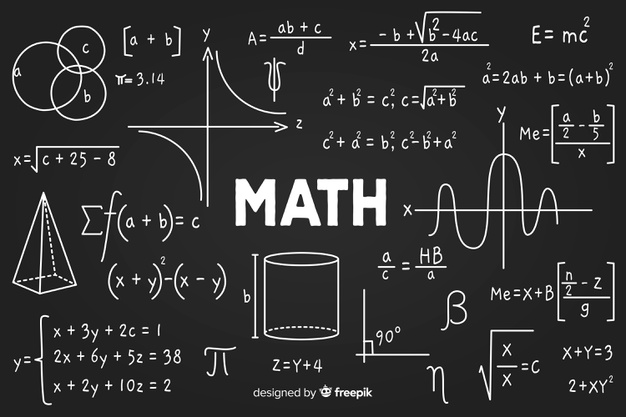A three-dimensional solid that has a curvilinear geometric shape is known as a cylinder. Modern branches of geometry and topology define a cylinder to have an infinite curvilinear surface. The volume and surface area of cylinder has a simple formula that can be easily applied to solve problems. A cylinder has two parallel circular bases. These bases are joined by a surface that is curved. The side view looks like a rectangle while the top view of the cylinder looks like a circle. Let us understand a few terms associated with a cylinder.
Table of Contents
Terms of a Cylinder
- Axis: The center of the two circular bases that are joined by a line segment is known as the axis.
- Height: Height is defined as the distance between the two circular bases.
- Radius: the distance from the center of the base to any point on the circumference of the base.
Surface Area
A cylinder has two types of surface areas depending on what needs to be calculated, namely – curved surface area (CSA) and total surface area (TSA).
Curved Surface Area (CSA)
The surface area that is represented by the curved part of the cylinder, excluding the base and top, is known as the curved surface area. If the radius is denoted by r and the height is denoted by h, then the formula is given by
CSA of a cylinder = 2πrh
Total Surface Area (TSA)
The complete area occupied by the cylinder, including both bases, is known as the total surface area. It can be calculated by adding the areas of the base that is equal to the area of a circle and the CSA.
CSA of a cylinder = LSA + area of bottom base + area of top base
= 2πrh + πr2 + πr2 = 2πr (h + r)
Both areas are measured in square units.
Volume of a Cylinder
The volume of a cylinder can be defined as the capacity of that cylinder of the space inside it. The volume of cylinder formula is given by
Volume = πr2h
It is measured in cubic units.
Properties of a Cylinder
The essential properties of a cylinder are given as follows:
- Both the bases of the cylinder will be parallel and congruent to one another.
- A right cylinder is one where the axis of the cylinder is at a right angle to the base, and the bases are precisely one above another.
- An oblique cylinder does not produce a right angle to the bases, and one of the bases of the cylinder is displayed sideways.
- Another defining factor of a right cylinder is that the bases are circular.
- An elliptical cylinder is one where the base of the cylinder is in the form of an ellipse rather than a circle. This is an alternative to the circular base cylinders.
- A circular cylinder is produced when the locus of a line moves parallel and at a fixed distance from an axis.
- A prism is similar to a cylinder since it has the same cross-section everywhere.
Conclusion
There are many shapes that fall under the topic of surface areas and volumes. To get a better understanding of this topic and to develop visualization powers, it is best to turn to an online educational platform such as Cuemath. The math experts use several sources that ensure a child comprehends all aspects of a topic and has an enjoyable learning experience. Hopefully, this article gives you an insight into how to apply formulas to solve problems based on a cylinder.





